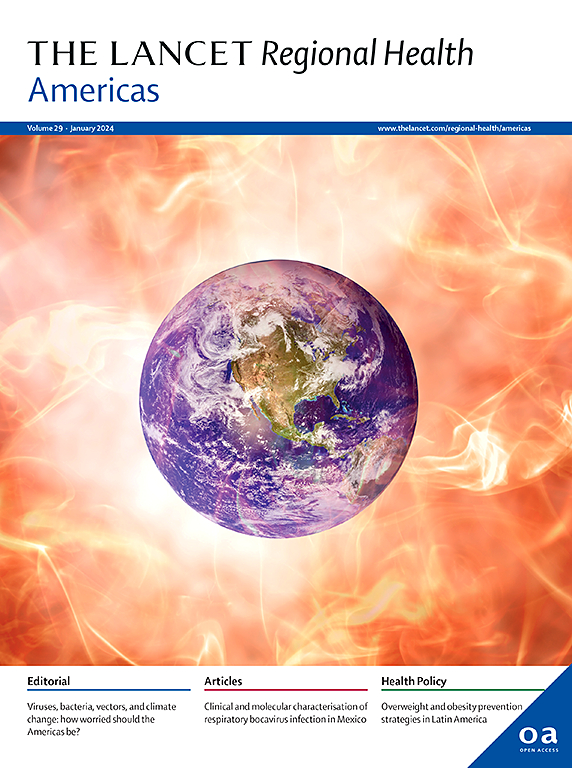Geography and age drive racial and ethnic disparities in hospital mortality for paediatric community-acquired pneumonia in the United States: a retrospective population based cohort study of hospitalized patients
IF 7
Q1 HEALTH CARE SCIENCES & SERVICES
引用次数: 0
Abstract
Background
Racial disparities in the outcomes of adult community-acquired pneumonia are well described. However, the presence of racial and ethnic disparities in paediatric community-acquired pneumonia and the mechanisms underlying these disparities remain unclear. Motivated by disparities related to age and geography in paediatric sepsis, we evaluated the association between the joint exposure of race/ethnicity, age, and geographic region and mortality for community-acquired pneumonia to provide opportunities for assessment of future interventions that provide equitable healthcare. We hypothesized that geographic region and age would inform the association between race or ethnicity and mortality in community-acquired pneumonia.
Methods
This was a retrospective cohort study of children age < 18 years with community-acquired pneumonia hospitalized between 2016 and 2021 in the Public Health Information System (PHIS) database. Models included a priori stratification of age ≤ 1 year and geographic region. Racial and ethnic groups (White, Black, Hispanic/Latino, and Other), four geographic regions (Northeast, South, Midwest, or West), and two age categories (<1 and ≥1 year) were combined to create a joint exposure variable. Multivariable logistic regression, clustered by hospital and adjusting for sex, primary insurance payer, median household income quartile, urban identification, and the presence of a complex chronic condition(s), quantified the relationship between the joint exposure and all-cause mortality for paediatric community-acquired pneumonia.
Findings
Among 783,744 patients (median age 4 years [interquartile range 1–9 years], 45.9% female) with CAP, the overall mortality rate was 0.9%. Region and age strongly impacted mortality in all racial and ethnic groups, with higher mortality for Black, Hispanic/Latino, and Other patients <1 year. Among patients <1 year, Black patients in the South (OR 2.35, 95% CI 1.52–3.63, p < 0.001) and West (OR 2.47, 95% CI 1.35–4.49, p = 0.003) and Hispanic/Latino patients in the Northeast (OR 2.36, 95% CI 1.46–3.66, p = 0.031) had the highest mortality, relative to White patients <1 year in the Northeast.
Interpretation
We found evidence of racial and ethnic disparities in mortality for children diagnosed with community-acquired pneumonia. Joint associations of race, ethnicity, age, and geographic region may partially inform potential mechanisms underlying these disparities.
Funding
Dr. Gathers’ effort on this study was supported by a National Institutes of Health (NIH) Training Grant T32HL098054. Dr. Yehya is supported by NIH grant number R01-HL148054. Dr. Keim was supported by NIH Training Grant 2T32GM112596 and L40HL170463.
求助全文
约1分钟内获得全文
求助全文
来源期刊

Lancet Regional Health-Americas
Multiple-
CiteScore
8.00
自引率
0.00%
发文量
0
期刊介绍:
The Lancet Regional Health – Americas, an open-access journal, contributes to The Lancet's global initiative by focusing on health-care quality and access in the Americas. It aims to advance clinical practice and health policy in the region, promoting better health outcomes. The journal publishes high-quality original research advocating change or shedding light on clinical practice and health policy. It welcomes submissions on various regional health topics, including infectious diseases, non-communicable diseases, child and adolescent health, maternal and reproductive health, emergency care, health policy, and health equity.
 求助内容:
求助内容: 应助结果提醒方式:
应助结果提醒方式:


